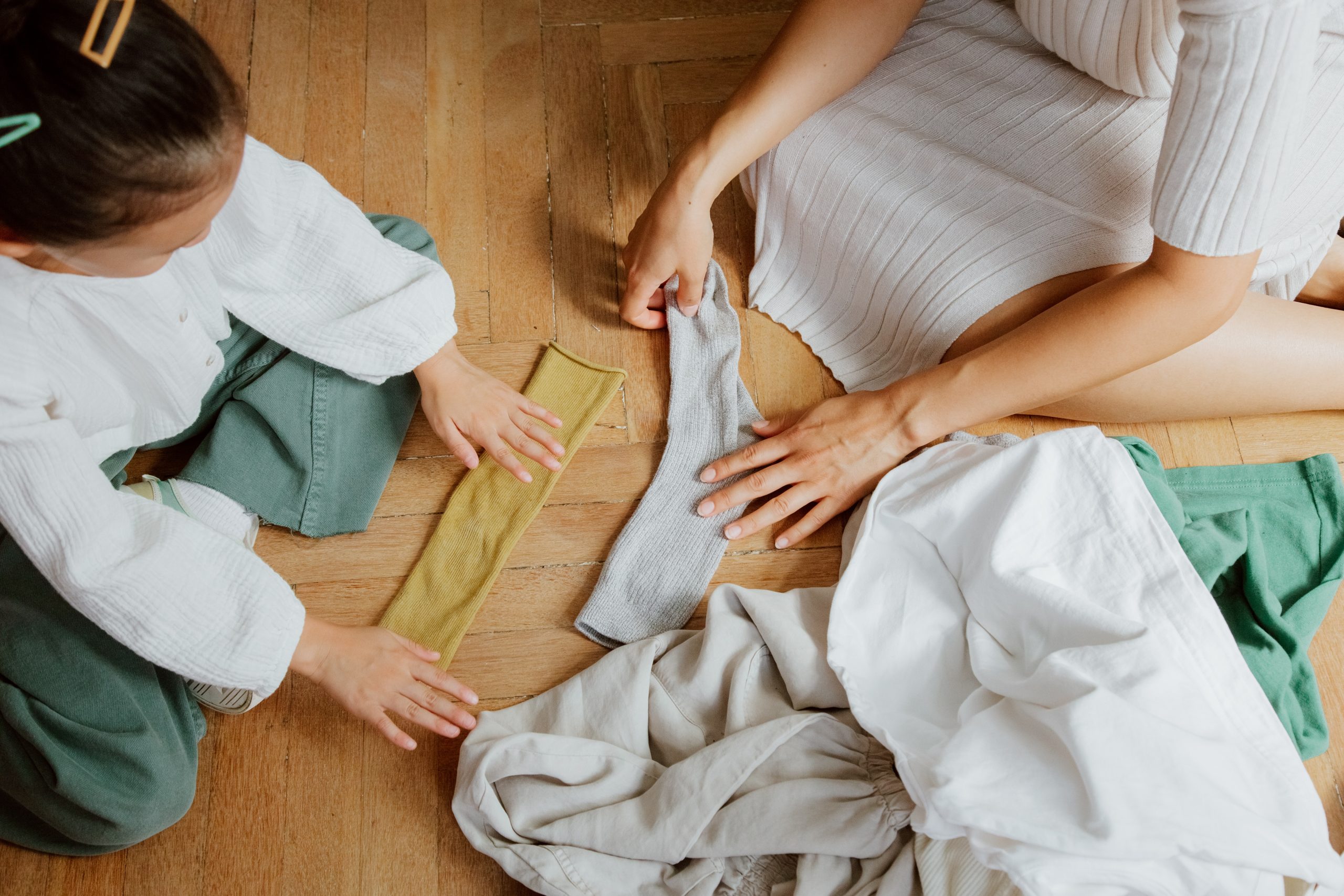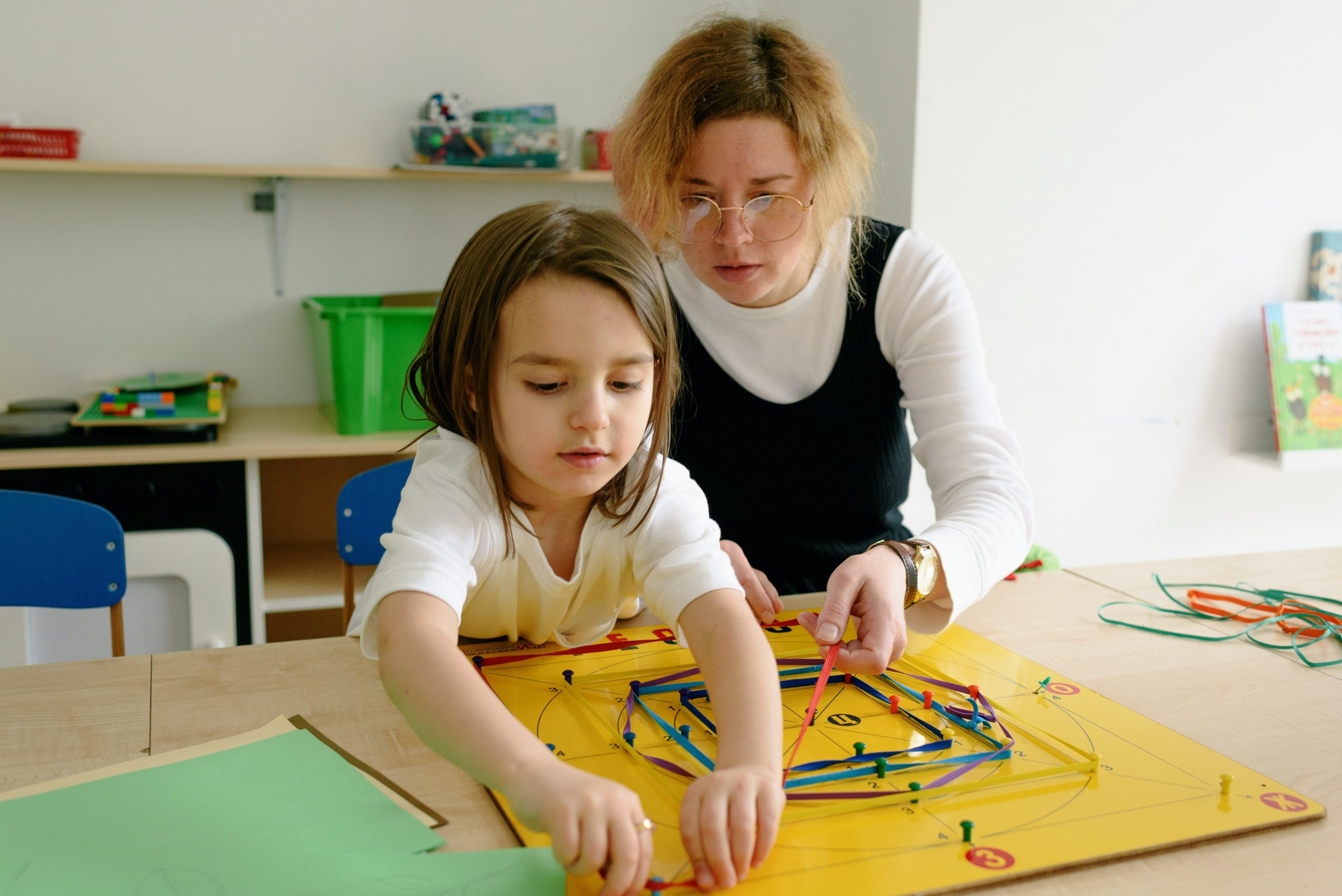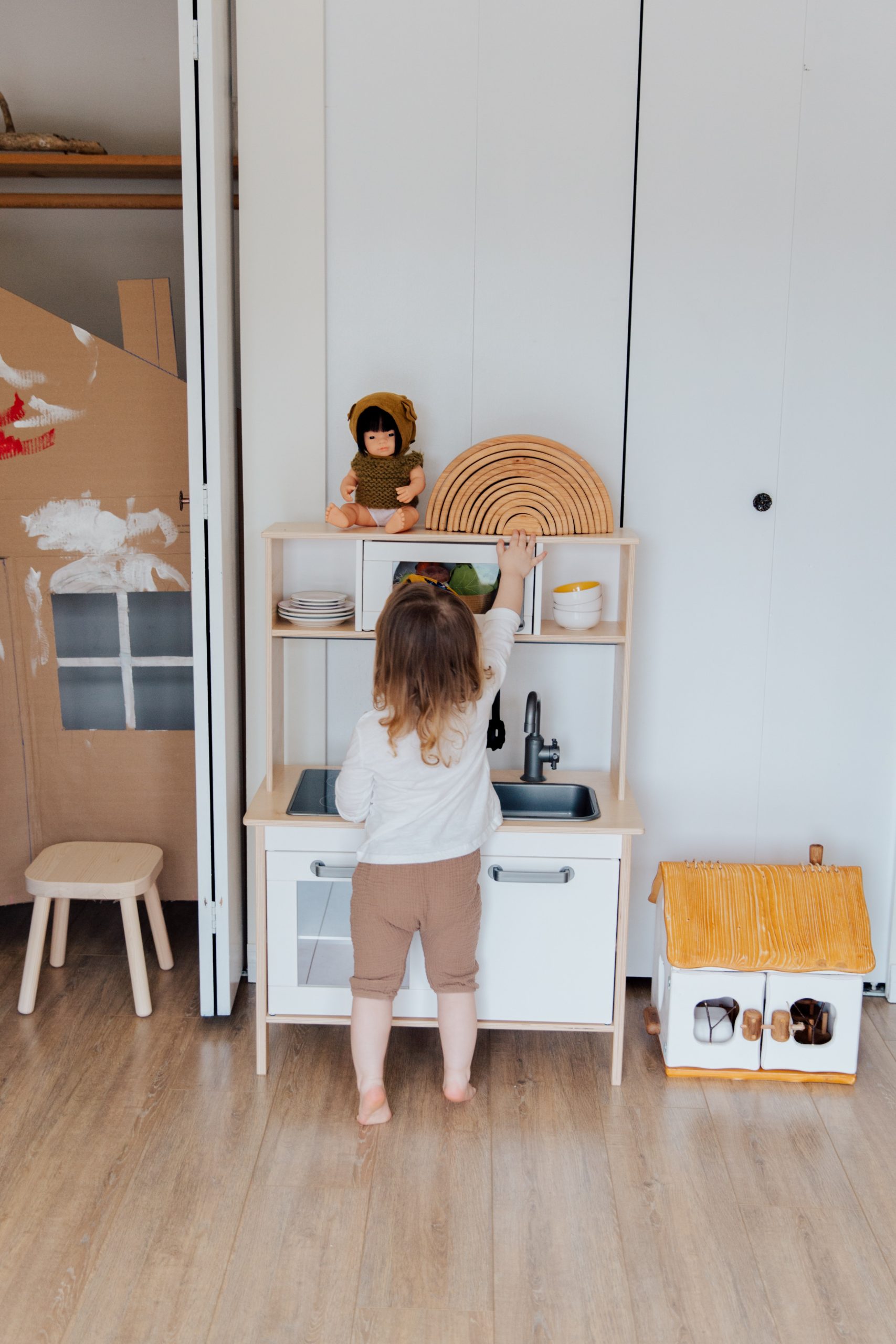Almost every adult has heard of the Montessori method. It’s a child-centered approach to education and teaching that fosters independence and curiosity, allowing children to do things on their own, make mistakes and learn from them. Even though the Montessori ideas have been around for more than a century, they got really popular in the last decade, with more and more people acknowledging the importance of self-paced and self-directed learning. Montessori is not confined to the classroom – many parents have embraced this holistic approach and incorporated its principles into their child’s everyday life and learning.

But if you decide to go down the Montessori road, how do you get your ayi on board? Because, let’s face it, there are some big differences between Western and Chinese ways of raising children, especially when it comes to children’s independence and fostering their natural curiosity. When we add Montessori ideas on top of all this, it can get overwhelming for an ayi.
Ashey Hatcher’s first ayi didn’t quite understand Montessori as it was her fist time working for a foreign family, but she had better luck with the second one: “She worked for us for about a week so she could observe our style of parenting before we left the two of them alone. We didn’t specifically call it ‘Montessori,’ but I emphasized the importance of giving our daughter the time to try things for herself. I also gave her a list of chores for our daughter (like clean up her own toys, choose outfit, feed the dogs).”

“It is important to explain why you do that – the main reason behind everything,” says Natalia Tobon, mom of a 3-year-old girl. “I have emphasized that I want her to be independent and they immediately get it.” Natalia continues: “Also, it is important to tell them that you leave kids to do things on their own. For example, putting their shoes or jacket on. I have to stop them from helping her, but once they see that kids can do it, they find it fun and start promoting it.” In Natalia’s experience, the most challenging thing has definitely been the toy organization: “They just consider them toys and mix them. It has worked getting trays and explaining to them it is a set, so they understand.”

For another Montessori mom, Svetlana Ore, the most challenging part is making sure that the ayi sees the fine line between encouraging a child’s independence by letting them freely explore their environment and giving the kid too much freedom where they could get hurt. “It’s easier with a live-in ayi as she is there with you all the time and she sees and learns the ways you do it.”
According to Miki Cutuli, a Montessori guide of 12 years and a mom of three, ayis often have difficulties adjusting to the Montessori ways. “Independence is probably the biggest issue for them,” says Miki. “They are used to rescuing the kids and doing everything for them rather than teaching them.” In her opinion, ayis also struggle with positive communication and respect, both not very common in traditional Chinese parenting.

Being a Montessori educator, Miki realized that both families and ayis often need help understanding Montessori principles, and she used her knowledge and experience to create a special online course. It’s designed specifically for grandparents and ayis who are not familiar with the Montessori concepts. It’s bilingual in both English and Chinese so ayis can understand the content and work together with parents to set the perfect environment for the child.
So, can our ayis follow Montessori?
In Ashley’s opinion, yes and no: “I guess ultimately don’t expect an ayi to adhere strictly to Montessori principles. Be flexible with your expectations, but explain that independence is key. When she first started working for our family, [our ayi]was surprised how capable our daughter was. I think when I gave her a list of chores, it helped our ayi understand that our daughter also gets to do small jobs to help our family. I didn’t even have to do this, but once I came home early and our ayi and daughter were doing laundry together.”
KEEP READING: Can a MI Chart Put Your Kid Ahead of the Game?
Images: Pexels



